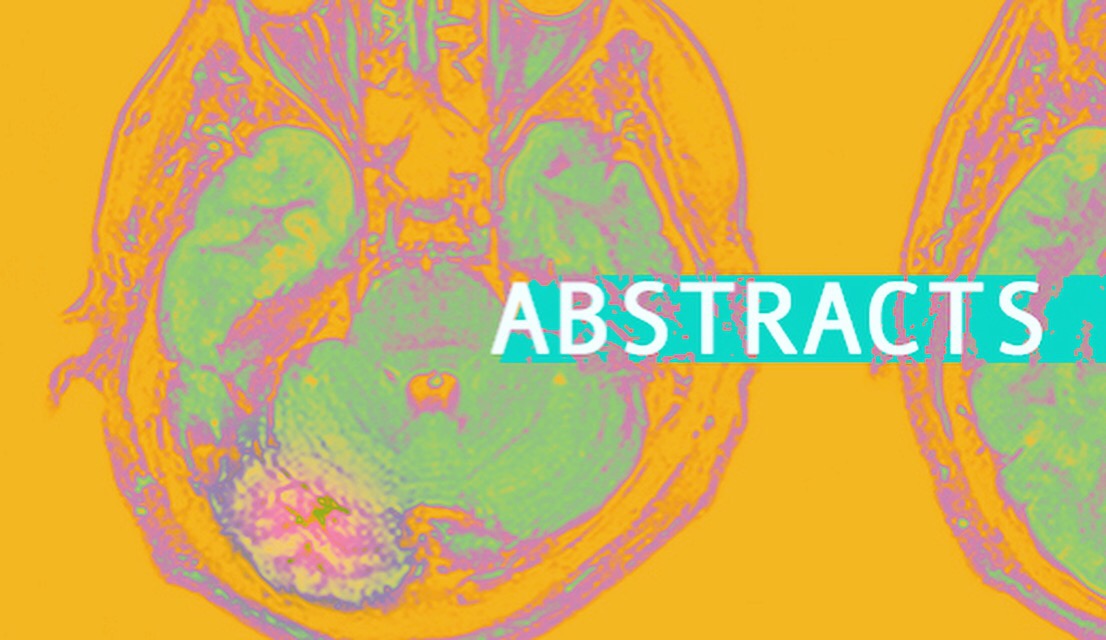For more than 15 years, the potential for lasting neurotoxic effects of agents used to induce general anesthesia and sedation when administered to young children — and indirectly through pregnant women to fetuses with developing brains — has been a subject of concern and considerable research interest. The topic has been the focus of three public hearings by the Food and Drug Administration (FDA) since 2007, including an FDA Science Board meeting in November 2014, to better inform the public and practitioners about this potential problem and to foster a discussion between parents and physicians about potential risks posed by using anesthesia in young children.
At the 2014 meeting, the publicly available preclinical and clinical data were presented by representatives of the FDA. The data from studies in animals and in vitro research demonstrate that under experimental conditions, all general anesthetics tested, including both N-methyl-d-aspartate (NMDA) antagonists and gamma-aminobutyric acid (GABA) agonists, have immediate neuroanatomical consequences and associated long-lasting, if not permanent, functional effects in species ranging from roundworms to nonhuman primates.1


